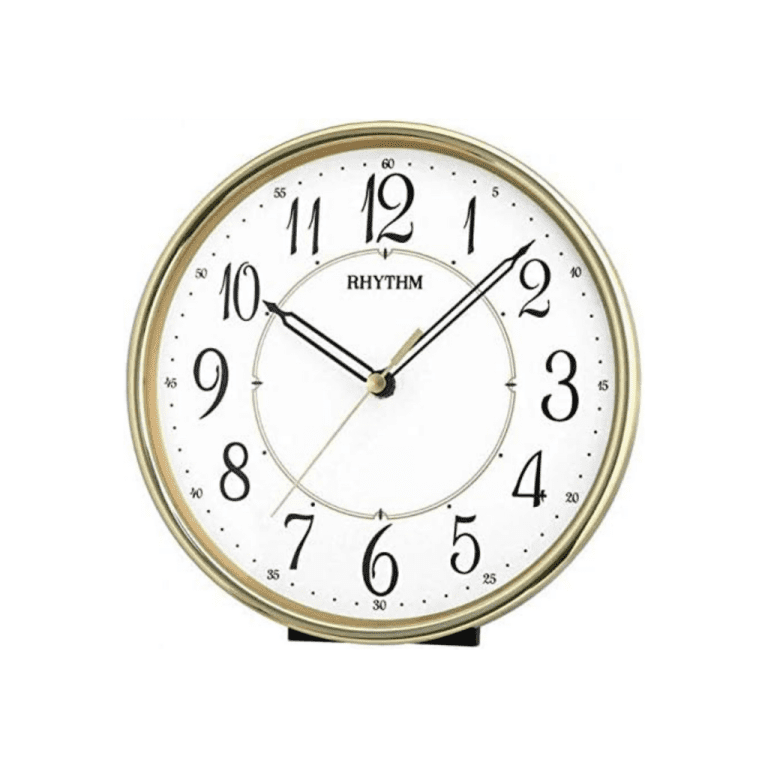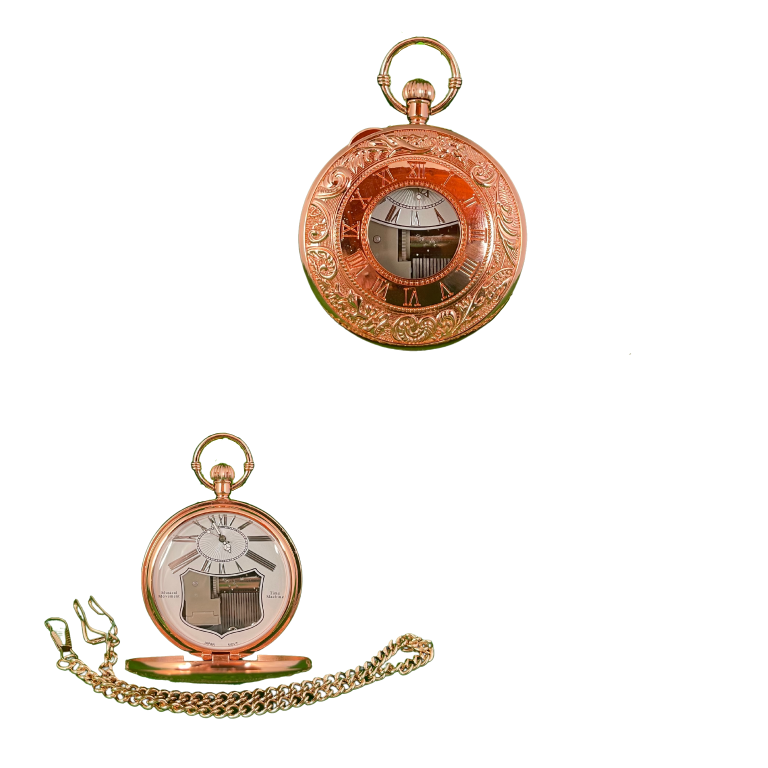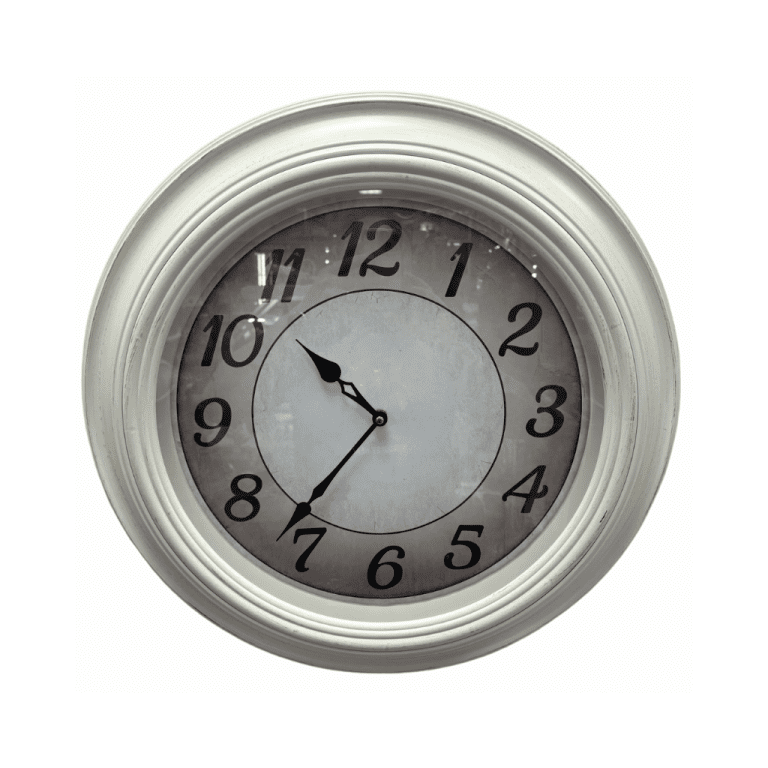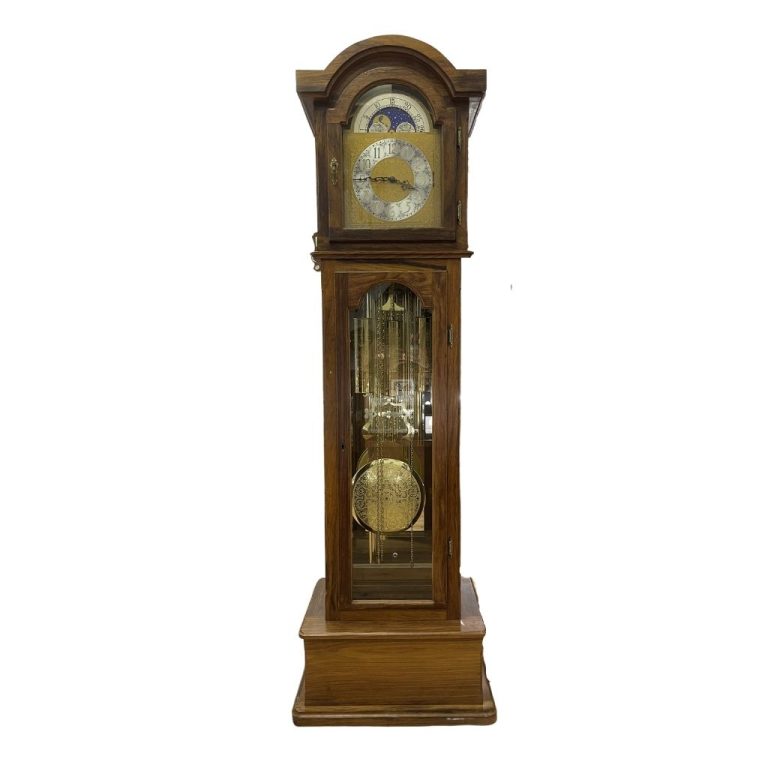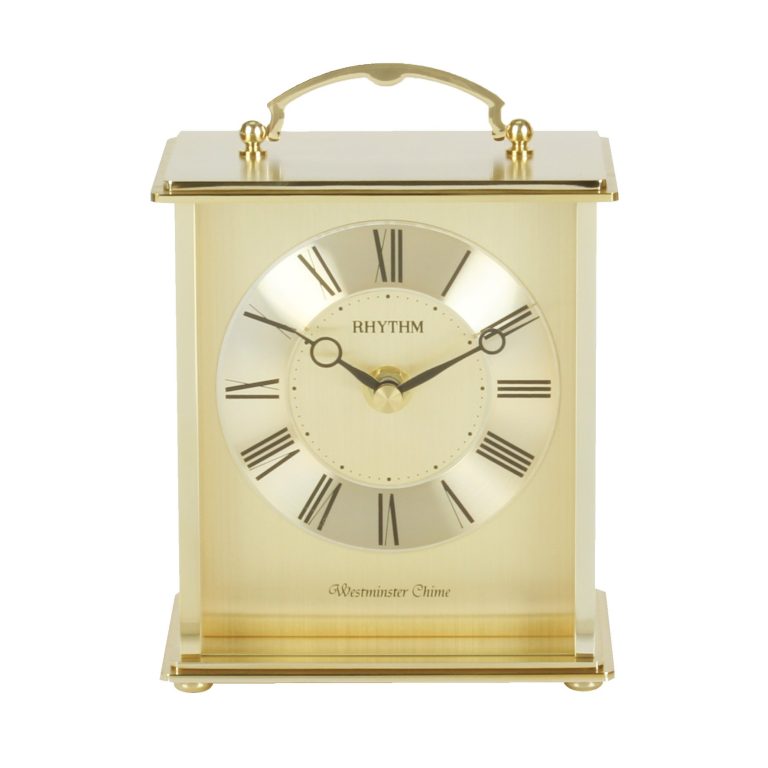The term ‘shock resistant’ is commonly found stamped on a watches case back, or found within the movement detail, but what does this term actually mean? Are there different levels of resistance? How can you differentiate between high and low resistance?
In this edition of ‘Watches Explained‘, we will be looking at how something as delicate as a watch movement, can be so efficiently protected
An Overview
The ‘shock resistant’ label is an indication that a watch movement has been designed to resist the effects of mechanical shocks. A ‘shock’ in this context refers to any sudden and drastic change in motion – for your watch, this is most likely to come from knocks and drops, jolting the movement inside.
In a mechanical watch, shock resistance focuses on the protection of one very specific and delicate component within the escapement – the balance wheel staff – and the jewels that hold it.
The stamp tells us that the jewels and staff are mounted in a spring-suspension system, designed to absorb impact energy that could otherwise result in significant damage to the thin staff ends, and a failure of the escapement system.
A Brief History
Before the invention of shock resistant movements, and their widespread adoption in the 1950’s, the most common cause of watches requiring repair was a damaged balance wheel staffs. The pivots and jewel bearings that support the balance wheel are fragile and, on their own, cannot hold the weight of the movement under impact.
Invented in 1934 by two Swiss engineers, the Incabloc system was one of the first examples of shock resistance in timepieces. The Incabloc Shock Protection System is the tradename of a spring-loaded mounting system that support the balance wheel, protecting its delicate pivots.
Mounted between two shaped springs, the assembly is able to shift under impact, transferring the shock away from the tip and into the stronger shoulders of the staff and the metal end piece. Once the impact is over, the springs guide the parts back to their original positions resulting in minimal interference with the oscillations of balance wheel.
In today’s market there are alternatives to Incabloc; Kif (again created in Switzerland, 1944), Novodiac or even Rolex’s Paraflex system, to name a few. While all have subtle differences in character, cost and workmanship, most work in the same way, with the same objective, and with similar practical success. The main identifier being the shape of the spring that is used.
The inclusion of the shock absorbing system makes accessing and oiling of the balance jewel much easier. Simply pop the spring, remove the jewel assembly and apply oil.
Quartz Movements
Quartz movements are comprised of much fewer moving parts than their mechanical cousins, utilising a quartz regulated electronic oscillator to keep time. The result is a naturally resilient assembly, and a very robust, accurate movement.
Testing
The standardised test for shock resistance of wristwatches, as defined in ISO 1413, consists of a pass or fail test simulating the accidental shock a watch would receive if dropped onto a hardwood surface from a 1 metre height. Two physical shocks are applied to the timepiece; one on the 9 o’clock side and the other on the crystal, delivered by a hammer on a pendulum.
In order to pass, the watch must be accurate to within +/- 60 seconds per day, compared to the control test.
Whilst a +/- 60 second variance is not exactly ideal long term, it is not considered a catastrophic failure of the timekeeping and can likely be normalised with regulation or during the watches next service.
Summary
When it comes to absolute shock resistance, quartz and digital watches typically win the battle.
Nonetheless, for the majority of people, most ‘modern’ mechanical watches with a reputable movement will have a level of shock resistance that will keep your watch ticking through day-to-day activities, as well as those accidental knocks and drops.
In either case, severe impacts can even lead to damaged dial feet, failure of seals or errors in timekeeping, so if you do happen to drop your watch out of your bedroom window, it may be time to visit the service centre.
Credited to|: https://pompeak.com/





